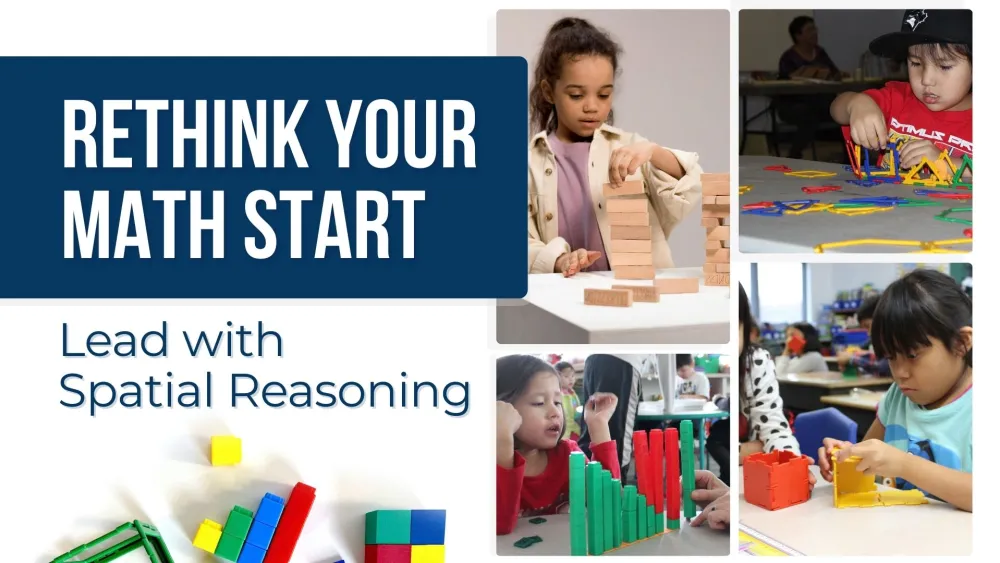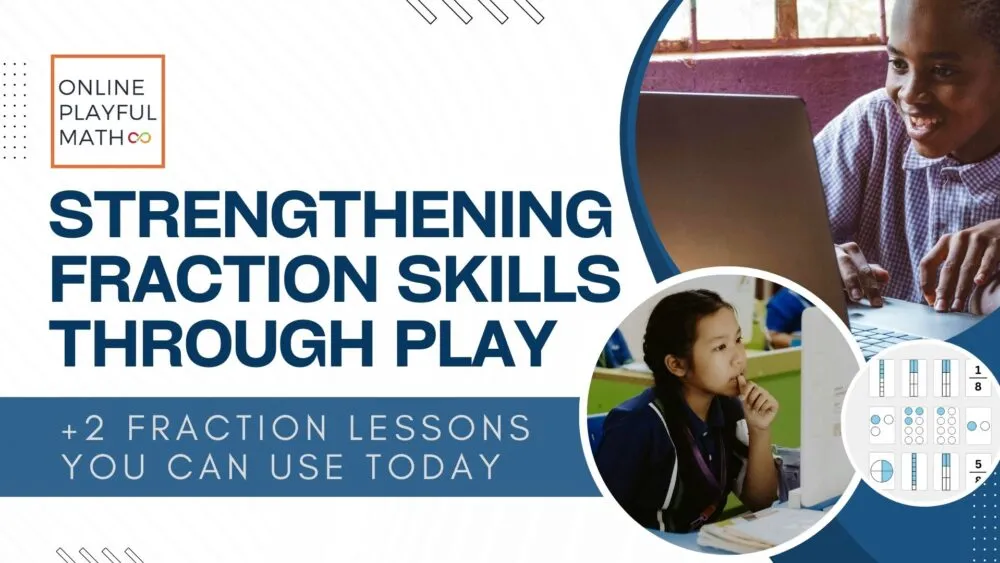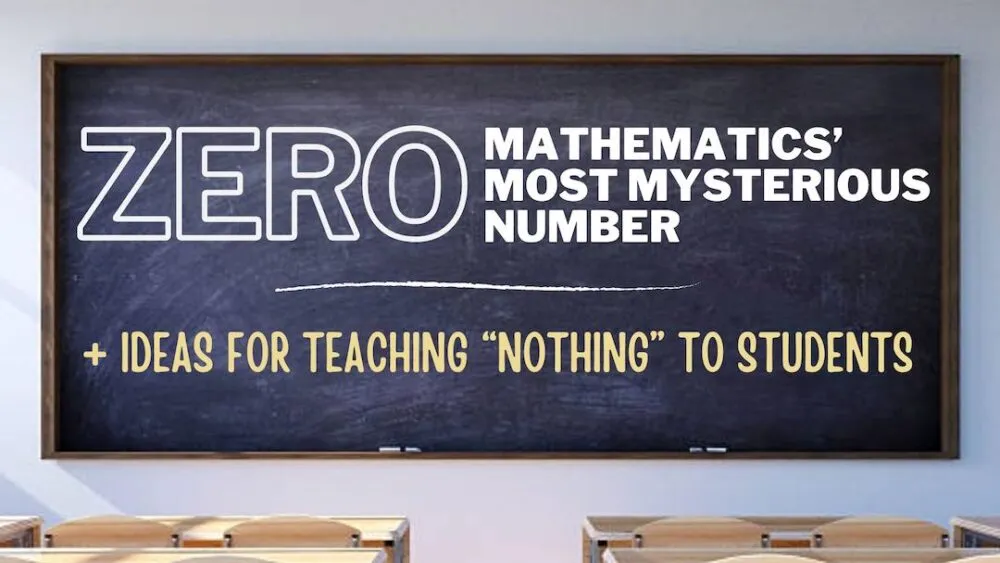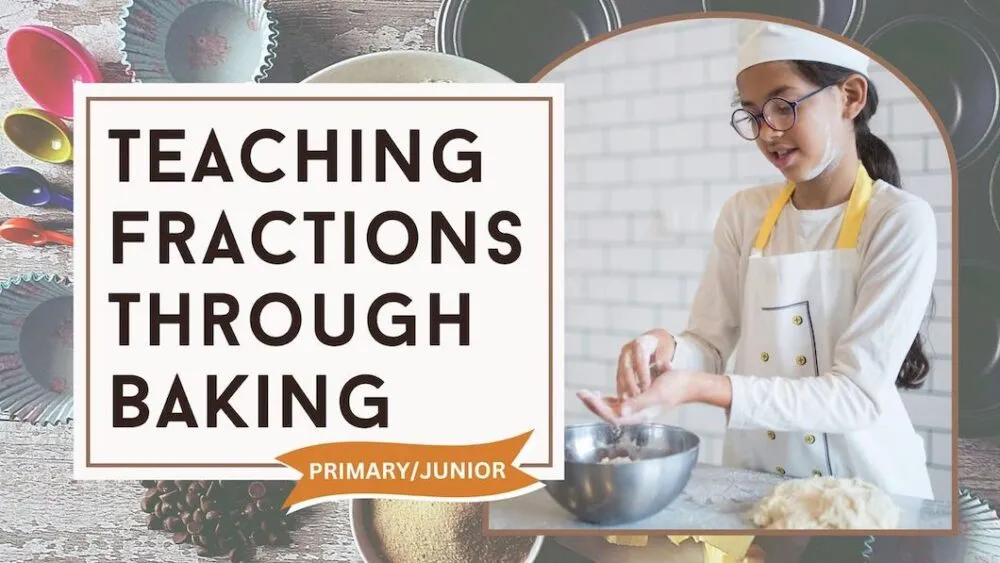Blog

Kick off your math year in a way that sparks curiosity and reduces anxiety. Playful, hands-on spatial reasoning activities can engage all learners while building skills that encourage success across all areas of math. Read why starting with spatial thinking might be the game-changer your classroom needs.

Fractions are one of the most challenging topics in math. We’ve focused our latest research and game development on helping students build strong, intuitive fraction knowledge through play. Try out two of our new free lesson plans & learn how our extracurricular program for children is making fractions more accessible and engaging.



